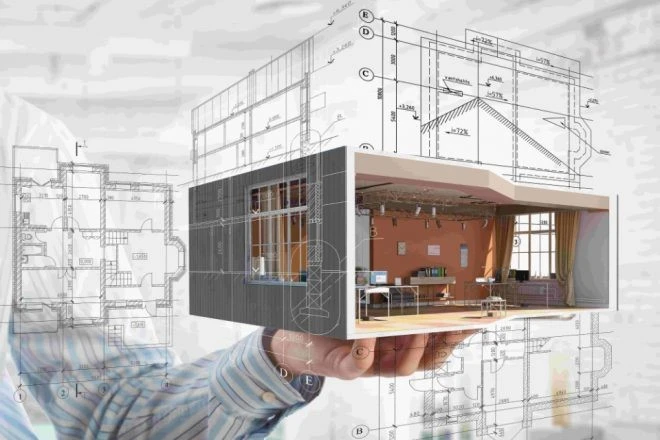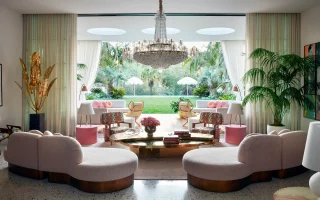Understanding Modern Home Design Trends
In the fluid world of modern home design, one trend stands out emphatically: the fusion of functionality with aesthetic refinement. Today, designers and architects are conceptualizing spaces that are warm, inviting, and highly adaptable. Open floor plans have become popular, breaking down the barriers between cooking, dining, and living spaces, thus fostering a sense of community and togetherness. Abundant natural light has also become a coveted feature, with homeowners valuing expansive windows and skylights that create an airy, open atmosphere. Moreover, the drive towards sustainability has prompted the integration of energy-efficient materials and green building practices, reflecting a deeper consciousness about environmental impact. Such designs often incorporate sustainable materials, crafting chic and eco-conscious spaces, subtly elevating the home’s design quotient while minimizing its carbon footprint. The essence of design build Seattle is manifesting a home that resonates with the owner’s aspirations while remaining grounded in construction logistics.
The Design-Build Approach: A Seamless Process for Homeowners
The design-build model has revamped the conventional methodology of home renovation by presenting a streamlined, integrated approach. This method combines design and construction services under one roof, creating a single point of accountability and communication. The benefits for homeowners are manifold: a unified team works in concert from the project’s inception, easing coordination and ensuring that the design vision is both practical and achievable within budget constraints. The expertise of architects, designers, and builders interweaves seamlessly, cultivating an environment of collaboration that potentially reduces conflicts, snags, and setbacks that plague projects. This holistic strategy not only smoothens the timeline but also deepens the quality of the outcome.
Integrating Smart Home Technology into Design
The advent of innovative technology has catalyzed an impressive transformation in home design. Contemporary homes are no longer static environments but dynamic spaces infused with technology that responds to the inhabitants’ needs and patterns. Smart homes have devices and systems that control lighting, temperature, and security with unrivaled precision and ease, providing comfort, convenience, and energy savings. The challenge for design professionals today lies in embedding these high-tech features within the architectural fabric of the home without undermining its design aesthetic. Clever integrations and discreet placements allow technology to complement rather than dominate, maintaining the integrity of the design while contributing to a sophisticated living experience.
Sustainable Design Principles in Modern Construction
Eco-friendliness has rapidly moved from a niche preference to a foundational element of modern construction. The principles of sustainable design now steer the course of new developments and renovations toward minimizing negative environmental impacts while maximizing quality of life. This involves the choice of materials—such as recycled, non-toxic, or locally sourced—and design strategies that reduce the need for artificial lighting and heating, thereby conserving energy. Opting for green roofs, rainwater harvesting systems, and efficient appliances further contribute to a building’s sustainability, reflecting a commitment to responsible stewardship of resources. The impact of such principles is evident in the growing trend towards energy-efficient residential buildings, which not only appeal to eco-conscious homeowners but also offer long-term savings on utility bills and increased property value.
Blending Aesthetics: From Historical to Contemporary
The delicate dance of modernising historical homes while preserving their unique character is a challenge relished by many design professionals. It is a creative endeavor that respects the essence of a period piece, infusing it with the conveniences and comforts of modern living. This blend of old and new requires a nuanced understanding of architectural history and an innovative approach to integration. It’s about creating a more prosperous living environment that respects the home’s history and ongoing evolution by contrasting the slick functionality of the present with the elegance of the past.







